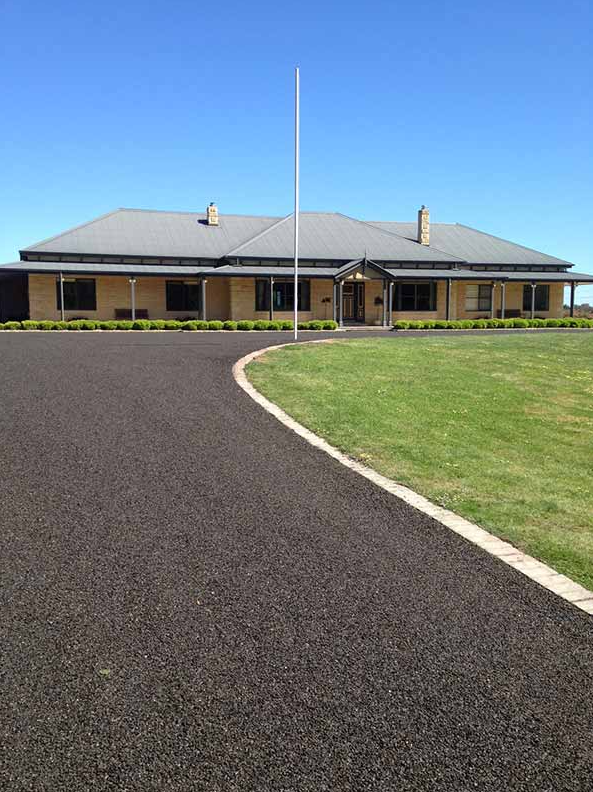When constructing a new road, driveway, or hardstand, it’s easy to focus on surface finishes and appearance. But beneath that final layer lies one of the most important factors in long-term performance: asphalt thickness. At Gympie Surfacing Solutions, we ensure every project in Gympie, QLD is designed with the right depth to handle local conditions, traffic loads, and longevity expectations.
Why Thickness Matters in Asphalt Surfacing
Asphalt acts as both a flexible surface layer and a structural component. The thickness directly affects the pavement’s ability to resist deformation, cracking, and fatigue under pressure. Whether for residential access or heavy industrial use, getting the thickness right ensures your surface performs reliably year after year.
Too thin, and you risk:
- Premature cracking
- Rutting and depressions
- Base layer exposure and erosion
- Frequent repairs and reduced lifespan
Correct thickness delivers:
- Even weight distribution
- Greater resistance to weather and traffic stress
- Extended service life
- Reduced long-term maintenance costs
Factors That Influence Optimal Thickness
At Gympie Surfacing Solutions, we assess several site-specific conditions before recommending the appropriate asphalt thickness for projects in Gympie, QLD.
1. Traffic Load and Frequency
Heavy vehicles like trucks, buses, or machinery put significant stress on asphalt. The more frequent and heavier the traffic, the thicker the asphalt needs to be to resist deformation.
- Light residential use: 25–40mm
- Medium-duty commercial driveways: 50–75mm
- Heavy-duty industrial or rural roads: 100mm+
2. Base Strength and Type
The quality and compaction of the underlying base layer impact how much structural support is needed from the asphalt.
- Weak or reactive soils require increased thickness
- Properly compacted sub-base allows for more efficient designs
3. Environmental Conditions
In Gympie’s subtropical climate, temperature variations and seasonal rainfall can accelerate wear on surfaces. A thicker layer of asphalt adds resilience against thermal expansion, UV exposure, and water penetration.
4. Intended Use and Lifespan
Short-term solutions such as temporary hardstands may use thinner asphalt. Permanent infrastructure, however, should always be designed with durability in mind to minimise resurfacing needs.
Compaction and Layering
Asphalt is usually laid in multiple passes or lifts, especially for thicker surfaces. Each layer must be adequately compacted to ensure strength and bonding. Inadequate compaction can reduce the overall effectiveness of even a properly specified thickness.
- Multiple layers improve structural integrity
- Compaction ensures density and moisture resistance
- Layer bonding prevents delamination over time
Signs Your Existing Surface May Be Too Thin
If your current asphalt pavement is showing signs of early wear, insufficient thickness may be the underlying cause.
Watch for:
- Rapid formation of cracks or potholes
- Indentations where vehicles are frequently parked
- Surface movement during warm weather
- Exposure of base material
These issues often require full resurfacing with corrected thickness to restore performance and reliability.
Conclusion
Asphalt thickness is a foundational element of pavement durability—it determines how well your surface will perform under stress, weather, and time. At Gympie Surfacing Solutions, we apply engineered thickness standards to ensure lasting results for every project in Gympie, QLD. Whether you’re installing a new driveway or resurfacing a commercial roadway, our team will guide you in selecting the right thickness to protect your investment long term. Contact us today to arrange a consultation.
Call us on: 07 4158 7474
Click here to find out more about Gympie Surfacing Solutions
Click here to complete our contact form and see how we can help with your surfacing needs.

